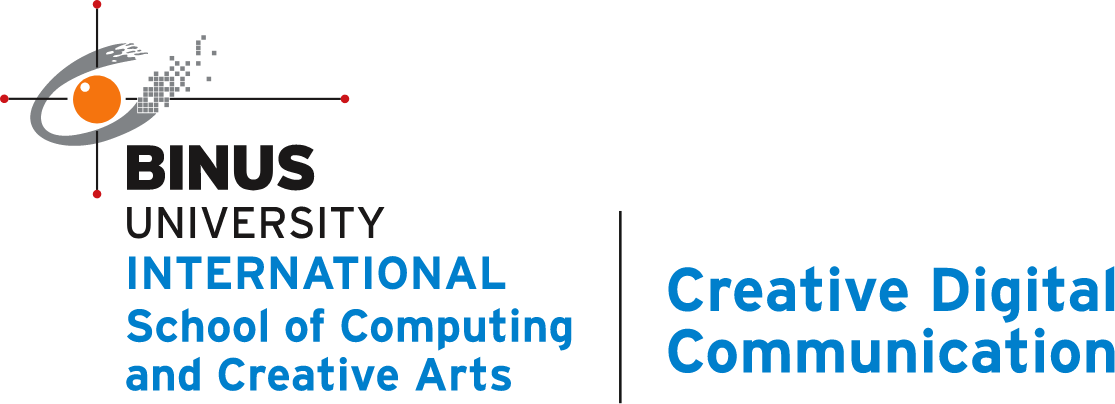Misinformation in Social Media

Social media has become an integral part of our daily lives, with over 5 billion users worldwide. However, this massive user base also makes social media a fertile ground for misinformation. Misinformation, which involves the unintentional spread of false information, can lead to conflicts, misunderstandings, and complications between the audience and the initiator. This survey report aims to acknowledge the prevalence of misinformation on social media and its impact on society. We collected over 100 anonymous responses, each offering personal insights into the issue.
The majority of the survey respondents were between the ages of 17 and 25, a demographic heavily reliant on social media for news. This reliance makes them particularly vulnerable to false information. Most respondents reported using social media frequently, reflecting the pervasive nature of these platforms in their lives. Instagram emerged as the most popular platform, with 46.4% of users favoring it for connecting with real-life acquaintances. Twitter/X followed with 27.9%, where users often interact with online strangers. TikTok was also popular among the younger generation, with 20% of respondents using it regularly. Other social media platforms were less favored.
When asked about the reliability of news from their preferred social media platforms, 45.7% of respondents expressed uncertainty about their sources, while 37.9% were confident in the reliability of the news they consumed. Meanwhile, 16.4% distrusted the news on their social media feeds. This question highlights the varied levels of trust people have in the information they receive online.
The survey revealed that a significant number of respondents engage in fact-checking after receiving information from social media. About 47.9% often double-check their information, recognizing the prevalence of hoaxes and misinformation. Additionally, 18.6% very often verify their sources, while 33.6% rarely do so. This split suggests a growing awareness of the need to critically evaluate social media content.
Respondents reported encountering false information on social media regularly. According to the data, 44.3% found 1-2 instances of false information per week, 36.4% encountered 3-4 instances, and 19.3% found five or more instances weekly. These findings underscore the frequency with which misinformation appears on social media.
Most respondents (94.3%) believed that false information on social media might be intentional. This perception points to a broader concern about the motives behind misinformation and its potential to cause conflicts and problems online. Misinformation, even when unintentional, can have severe repercussions for both the news outlets involved and the individuals they report on.
The survey results indicate a general uncertainty about the reliability of social media as a source of information. Many respondents take proactive steps to verify their information, reflecting a critical approach to the content they encounter. However, others may choose to ignore or scroll past false information. The impact of misinformation on social media is significant, with gossip and false news appealing to many users. Despite this, most respondents are aware of the dangers of misinformation and understand how to avoid it in the future.

